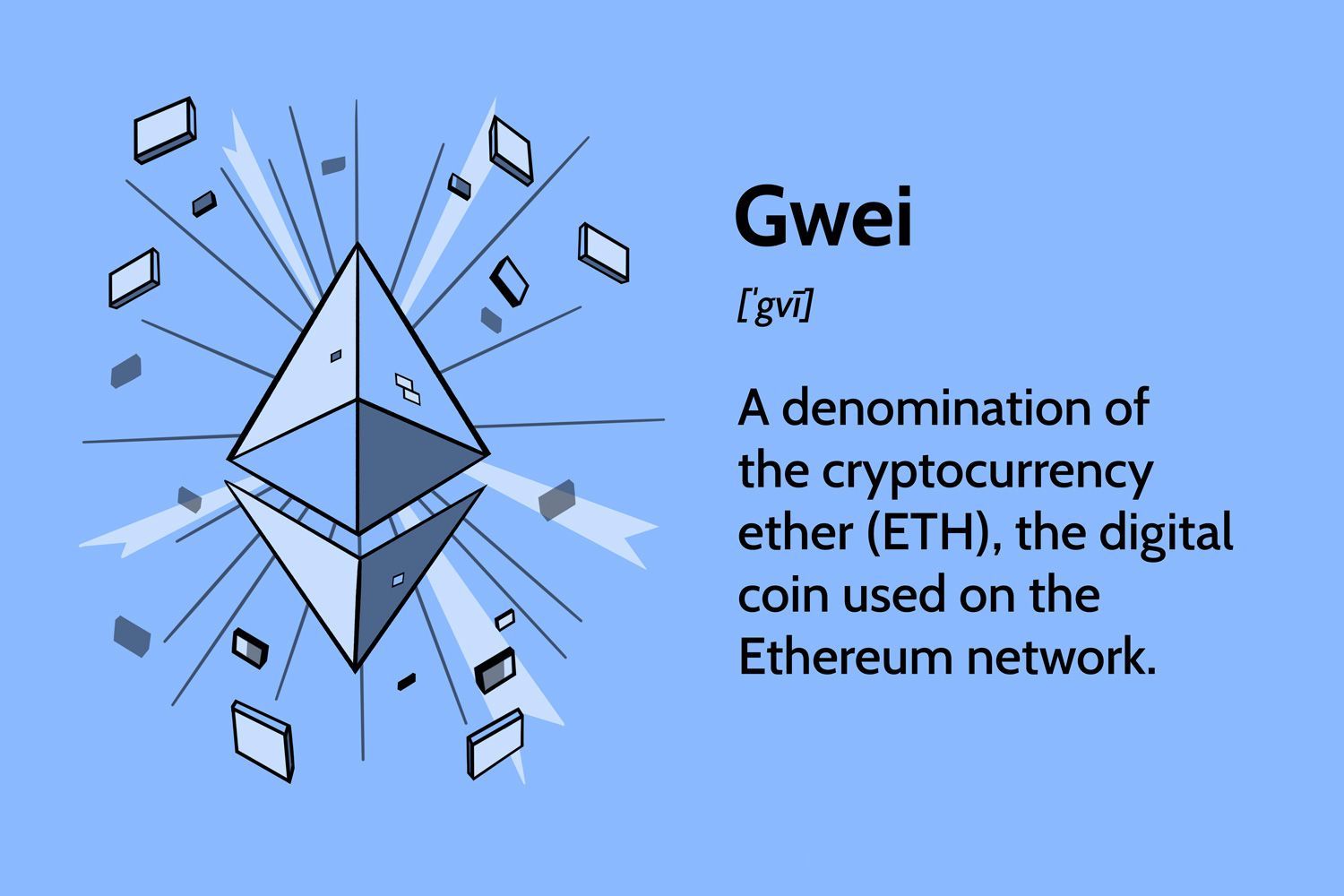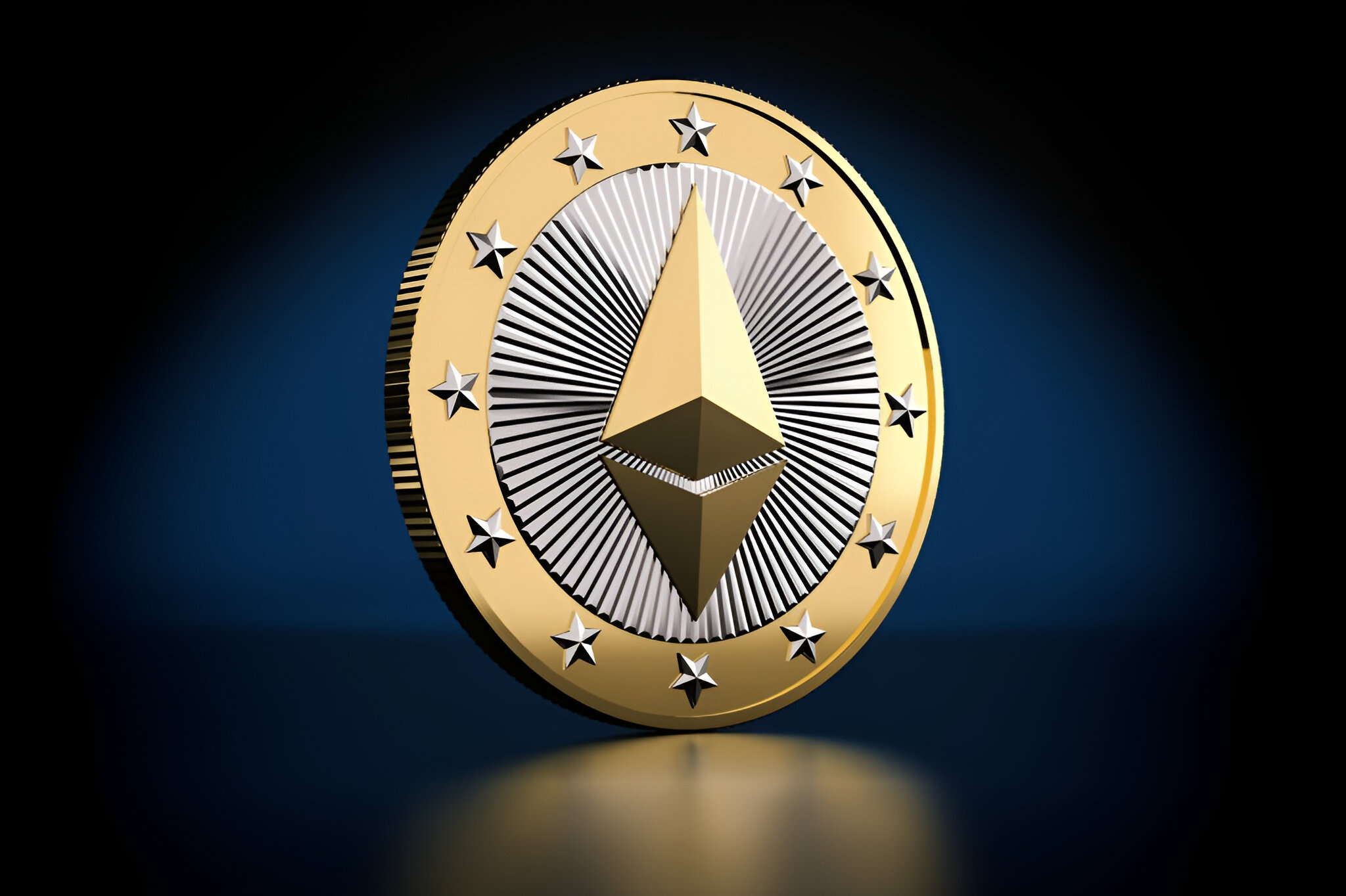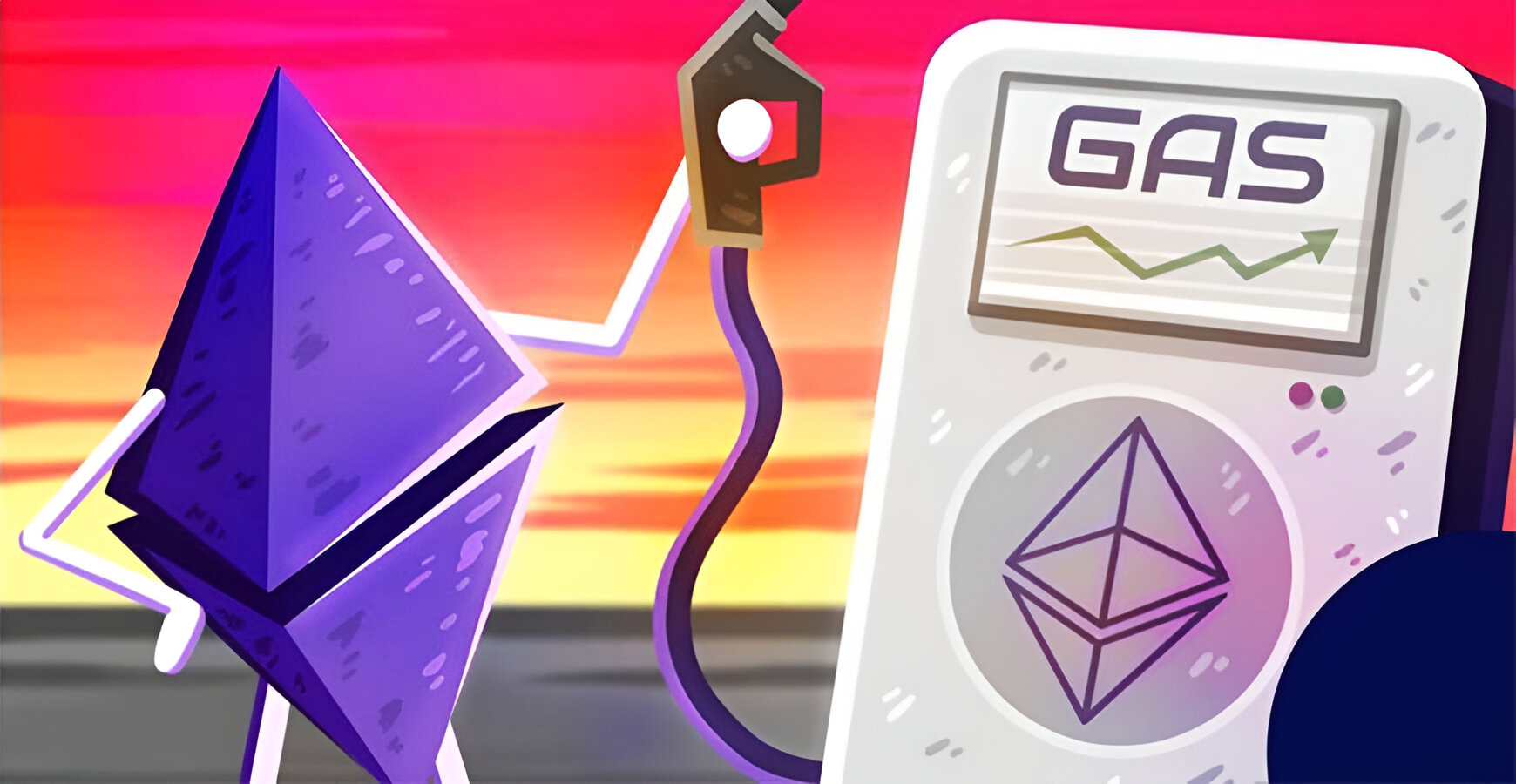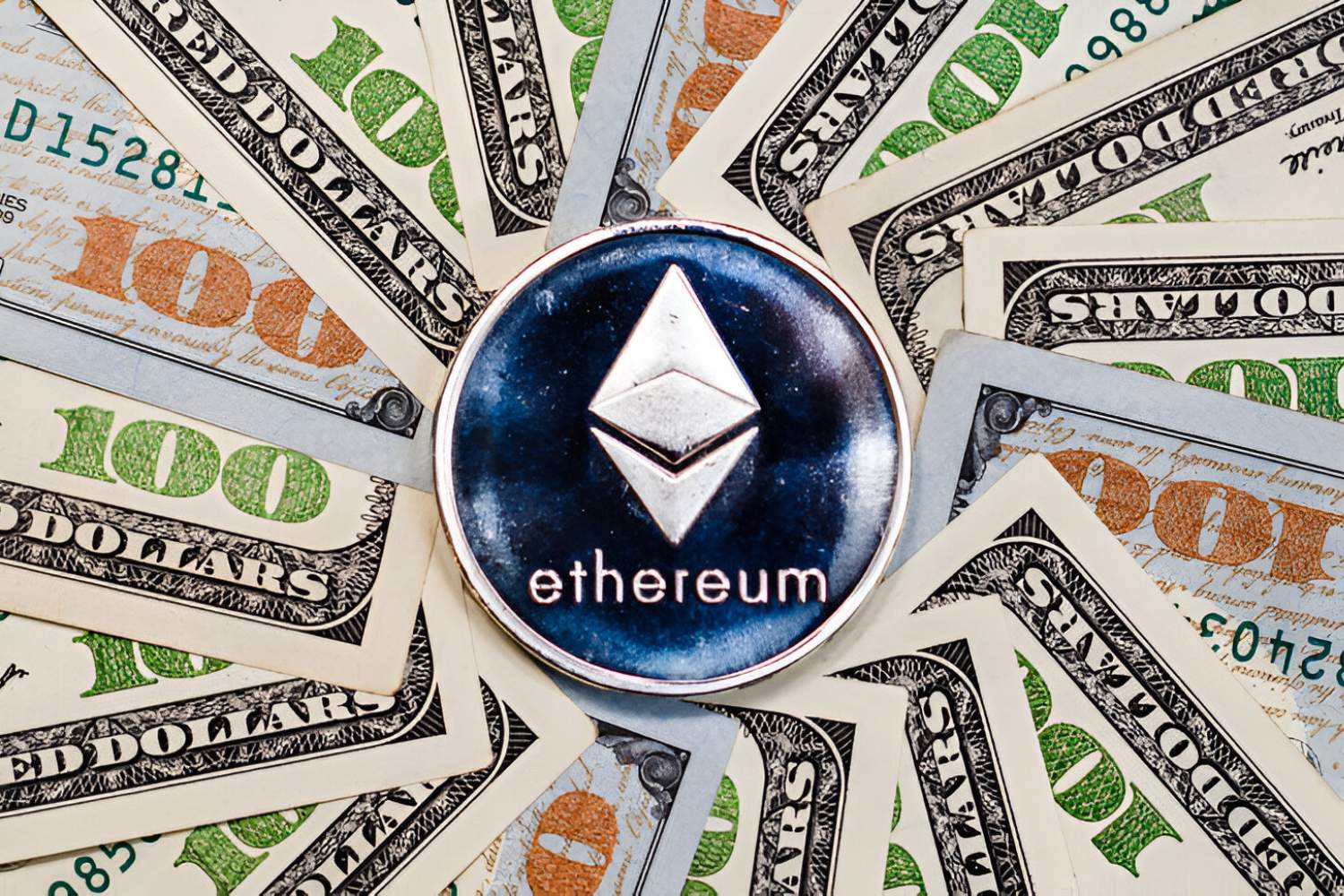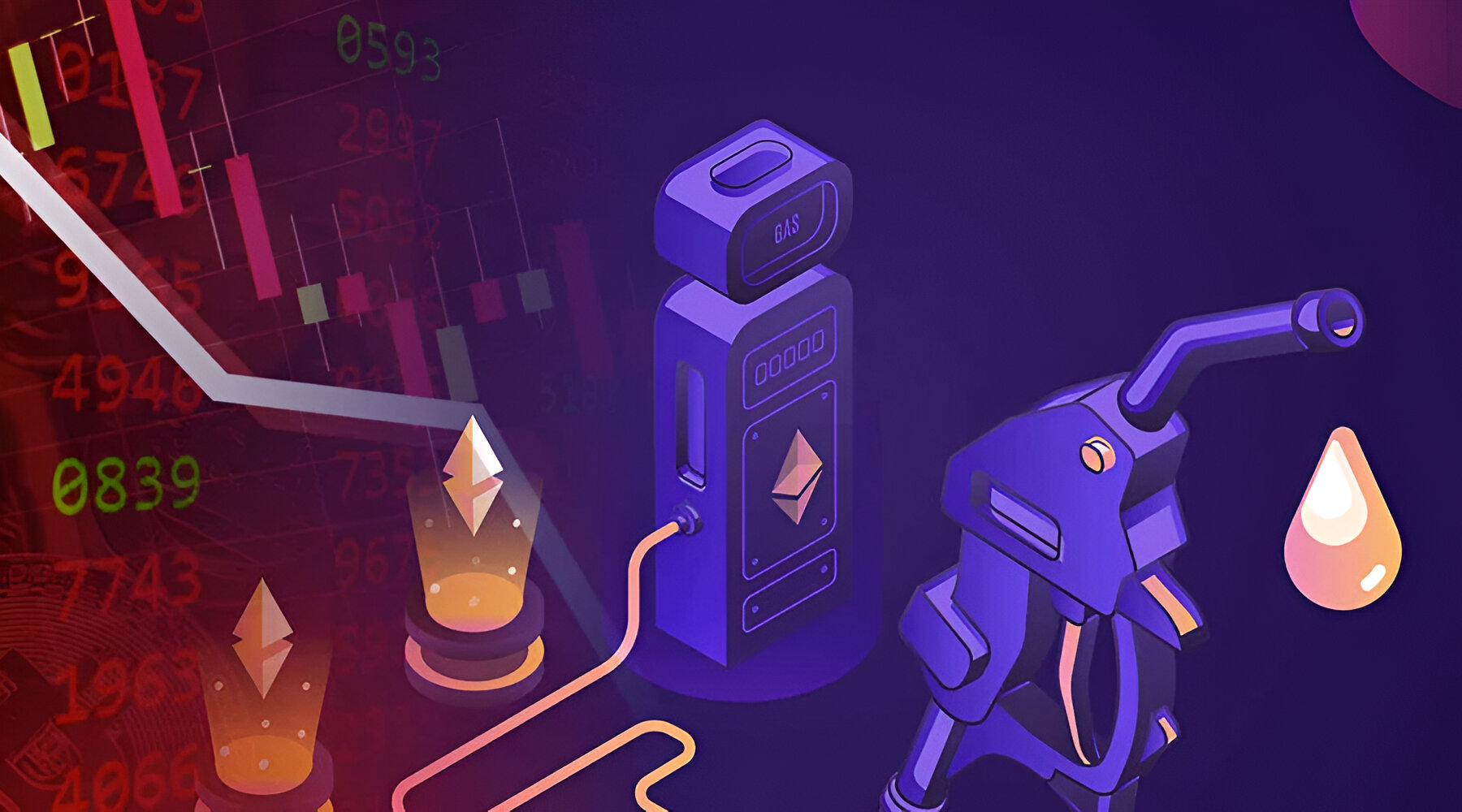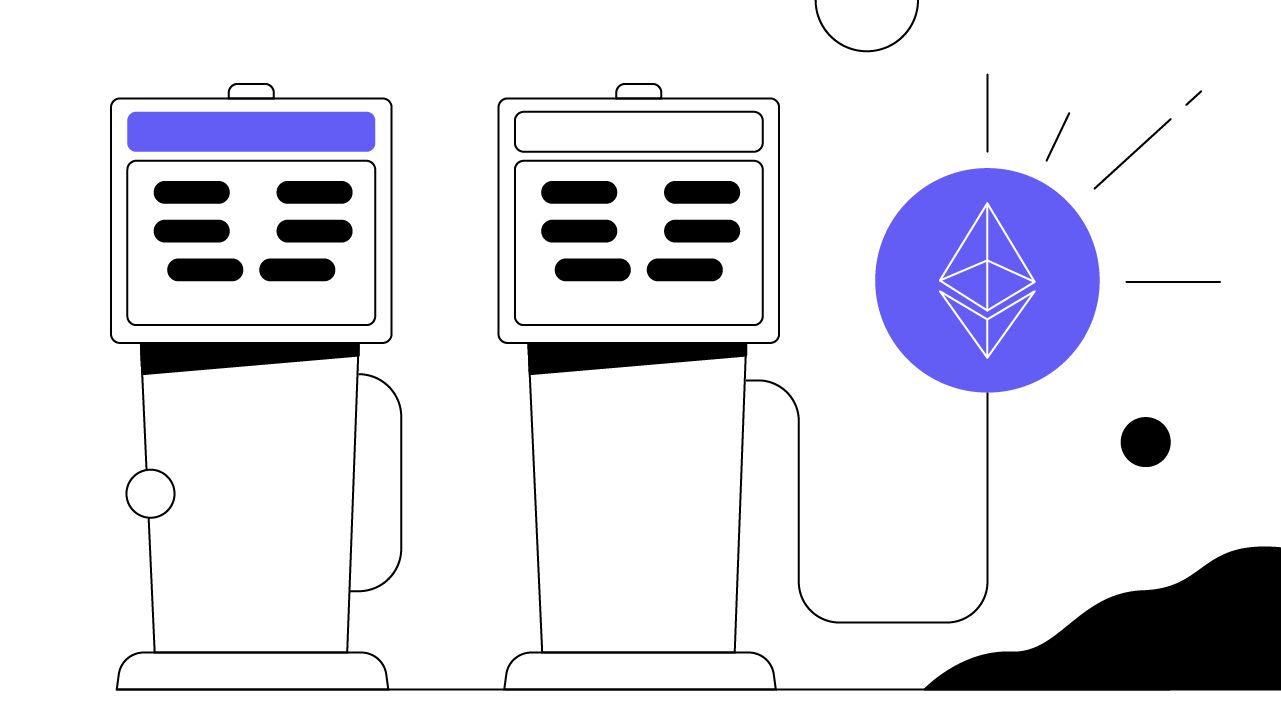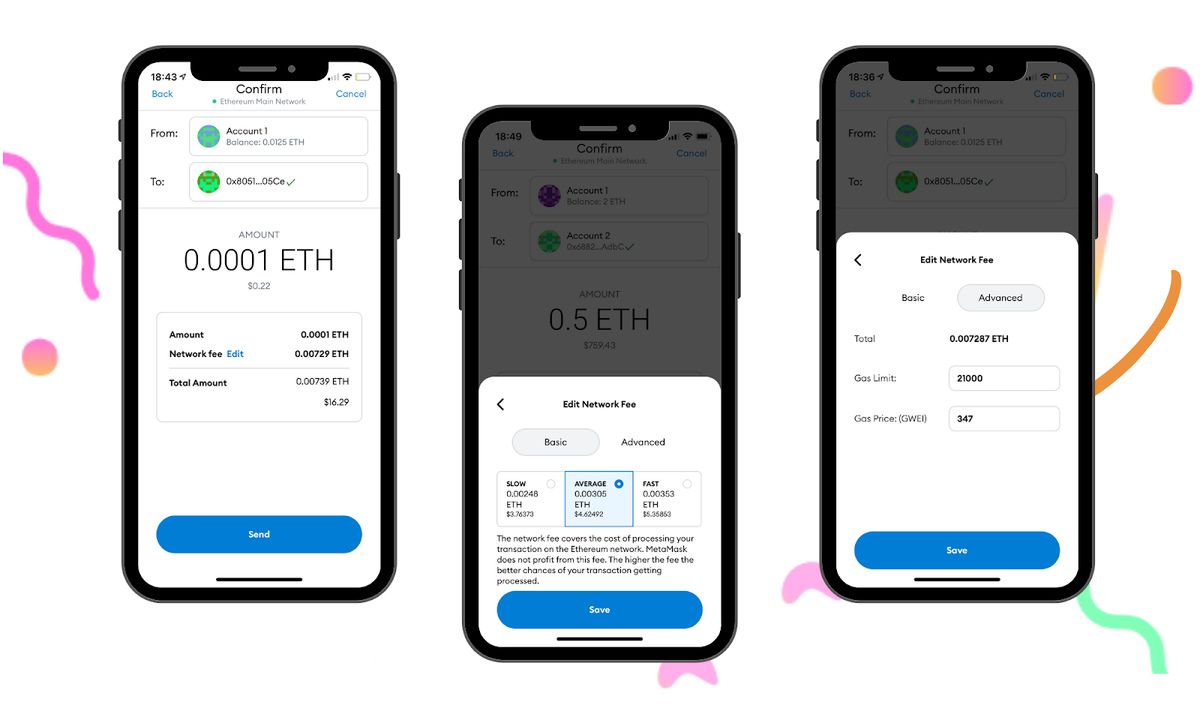Introduction
Welcome to the fascinating world of Ethereum and its underlying token, Gwei. If you’ve been exploring the realm of cryptocurrencies, you might have come across the term Gwei and wondered what it actually means. In this article, we will delve into the intricacies of Gwei and its significance within the Ethereum network.
Ethereum, often referred to as the world’s decentralized computer, is a blockchain-based platform that allows developers to build and deploy smart contracts and decentralized applications (DApps). It provides a secure and transparent environment for executing transactions and has gained widespread adoption in various industries.
However, to access the features and functionalities of the Ethereum network, users must pay a certain amount of transaction fees. This is where Gwei comes into play. Gwei is the smallest unit of the Ether cryptocurrency, which is the native cryptocurrency of the Ethereum network. It is used to measure the cost or gas price required to execute transactions or perform computations on the Ethereum blockchain.
Gwei is an abbreviation for “giga-wei,” with giga representing one billion. Wei, on the other hand, is the base unit of Ether, similar to how cents are the base unit of a dollar. Just like how we convert dollars into cents, wei can be converted into Gwei by dividing it by one billion.
The primary function of Gwei is to determine the priority of transactions on the Ethereum network. Users who are willing to pay a higher amount of Gwei per unit of gas will have their transactions processed faster because miners prioritize those transactions that offer higher fees. This mechanism ensures a fair and efficient system for processing transactions while incentivizing miners to validate transactions and secure the network.
What is Ethereum?
Ethereum is a decentralized, open-source blockchain platform that enables the creation and execution of smart contracts and decentralized applications. It was proposed by Vitalik Buterin, a cryptocurrency researcher and developer, in late 2013 and was launched on the mainnet in 2015. Ethereum has gained significant popularity and usage due to its powerful capabilities and potential to revolutionize various industries.
Unlike Bitcoin, which primarily serves as a digital currency, Ethereum functions as a global, programmable platform. It allows developers to create and deploy smart contracts, which are self-executing contracts with predefined conditions. These smart contracts automatically execute when the conditions are met, eliminating the need for intermediaries and increasing transparency and efficiency.
Smart contracts on the Ethereum platform are written using Solidity, a programming language specifically designed for Ethereum. They can handle complex logic, execute computations, store data, and interact with other smart contracts. This programmability makes Ethereum versatile, enabling the creation of decentralized applications (DApps) across various domains, including finance, gaming, supply chain management, and more.
One of the unique features of Ethereum is its ability to tokenize assets using the ERC-20 standard. Tokens built on the Ethereum blockchain can represent various assets, such as cryptocurrencies, digital collectibles, or even real-world assets like real estate. These tokens can be traded, transferred, and owned just like any other digital asset, providing new opportunities for innovation and investment.
Ethereum operates on a proof-of-work (PoW) consensus mechanism, similar to Bitcoin. However, it has plans to transition to a proof-of-stake (PoS) consensus algorithm called Ethereum 2.0. This upgrade aims to improve scalability, security, and energy efficiency on the network.
Overall, Ethereum has established itself as a leading blockchain platform, offering a wide range of possibilities for developers and users alike. Its decentralized nature, smart contract functionality, and ability to tokenize assets have positioned it as a key player in the evolving landscape of blockchain technology.
What is Gwei?
In the Ethereum ecosystem, Gwei is the abbreviation for “giga-wei.” Wei is the smallest unit of Ether, the native cryptocurrency of the Ethereum network. It is named after Wei Dai, a computer scientist known for his contributions to cryptography and the development of the concept of cryptocurrency.
Gwei is used to measure the cost or gas price required to execute transactions or perform computations on the Ethereum blockchain. To put it simply, Gwei represents the amount of Ether that an individual is willing to pay for a specific transaction or computational task. Just like how we convert dollars into cents, wei can be converted into Gwei by dividing it by one billion.
Gas is the internal pricing mechanism within Ethereum, used to allocate resources and prevent spam or malicious actions on the network. Every transaction or computation on the Ethereum network requires a certain amount of gas, which is paid for in Ether. The cost of gas is measured in Gwei, and users can specify the gas price they are willing to pay (in Gwei) to have their transactions executed or computational tasks performed.
Why is Gwei important? Gwei plays a crucial role in determining the priority of transactions on the Ethereum network. Miners, who validate and process transactions, select transactions based on the gas price (in Gwei) offered by users. Transactions with higher gas prices are considered more lucrative for miners because they offer higher fees for their efforts. As a result, these higher-priced transactions are likely to be processed more quickly, leading to faster confirmation times. Conversely, transactions with lower gas prices might face delays in being included in a block.
Gwei also reflects the supply and demand dynamics of the Ethereum network. During periods of high network congestion, when numerous users are competing for limited transaction processing capacity, the gas price (in Gwei) tends to increase. This increase incentivizes miners to prioritize transactions with higher fees, which helps allocate network resources efficiently and ensure the smooth functioning of the system.
Gwei, as a unit of measurement for gas prices, provides a transparent and market-driven mechanism for prioritizing transactions on the Ethereum network. It allows users to decide the urgency of their transactions by adjusting the gas price they are willing to pay. This flexibility ensures that the Ethereum network remains efficient, secure, and responsive to the needs of its users.
Why is Gwei Important in Ethereum?
Gwei plays a critical role in the functioning of the Ethereum network, making it an important aspect for users and developers to consider. Here are a few key reasons why Gwei is important in Ethereum:
Transaction Priority: Gwei determines the priority of transactions on the Ethereum network. Users who offer a higher gas price in Gwei have a better chance of having their transactions included in the blockchain faster. This mechanism incentivizes users to pay a competitive fee to ensure their transactions are processed promptly. It also encourages miners to prioritize transactions with higher gas prices, as they are financially motivated to maximize their earnings.
Network Efficiency: The variable gas price in Gwei helps maintain the efficiency of the Ethereum network. During periods of high network congestion, with a surge in the number of transactions, users who are willing to pay a higher gas price will have their transactions processed more quickly. This ensures that network resources are allocated efficiently and that the Ethereum network can handle increased demand without experiencing bottlenecks or long confirmation times.
Incentivizing Miners: Gwei serves as an incentive for miners to validate and include transactions in the blockchain. Miners receive the gas fees paid by users for processing transactions, making it financially rewarding for them. By allowing users to specify a gas price in Gwei, miners can select transactions that offer higher fees. This system aligns the interests of users and miners, as users get faster transaction processing by offering higher gas prices, while miners earn more revenue.
Encouraging Fairness: Gwei ensures fairness in transaction processing. Regardless of the transaction amount, all users have the option to adjust the gas price they are willing to pay. This allows users with urgent or time-sensitive transactions to give higher priority to their transactions by paying a higher gas price. The market-driven approach ensures that users’ transactions are processed based on their willingness to pay, rather than favoring transactions based on their value or other arbitrary factors.
Flexibility and User Control: Gwei provides users with flexibility and control over their transactions. Users can choose to set a higher or lower gas price based on their own requirements and expectations. This flexibility allows users to optimize their transaction fees based on their urgency, budget, or other factors. It gives users the freedom to navigate the transactional landscape of Ethereum based on their individual needs.
In summary, Gwei’s importance in Ethereum lies in its role in determining transaction priority, maintaining network efficiency, incentivizing miners, ensuring fairness, and providing flexibility and control to users. By understanding the significance of Gwei, users and developers can navigate the Ethereum ecosystem more effectively and make informed decisions when interacting with the network.
How Does Gwei Work in Ethereum?
Gwei, as a unit of measurement for gas prices, functions within the Ethereum network to determine the cost of executing transactions and performing computations. Here’s an overview of how Gwei works in Ethereum:
Gas Fees and Gas Limit: Every action or operation performed on the Ethereum network requires a certain amount of gas. Gas fees are paid by users to compensate miners for their computational efforts in processing transactions. The gas limit is the maximum amount of gas that a user is willing to pay for a transaction or computation. Users can set the gas limit and specify their desired gas price in Gwei to determine the total transaction fee.
Gas Price: Gwei is used to denote the gas price, which represents the amount of Ether that a user is willing to pay for each unit of gas. The gas price is set by the user while creating a transaction or executing a computation. It influences the priority of the transaction, as miners are more likely to prioritize transactions with higher gas prices.
Transaction Confirmation: When a user submits a transaction to the Ethereum network, it enters a pool of pending transactions called the mempool. Miners select transactions from the mempool based on the gas price offered. Transactions with higher gas prices have a better chance of being included in the next block and confirmed faster. Miners are incentivized to prioritize transactions with high gas prices to maximize their earnings.
Gas Estimation: To determine the appropriate gas price in Gwei, users can rely on gas estimation tools provided by wallets or third-party services. These tools provide an estimate of the gas required for a particular action or transaction based on historical data and network conditions. Users can then decide on an appropriate gas price to ensure their transaction’s timely inclusion in the blockchain.
Gas Used: Aside from the gas price, the amount of gas actually used by a transaction affects its overall cost. Each operation in a transaction consumes a specific amount of gas. For example, transferring Ether consumes a fixed gas amount, while calling a smart contract might consume more gas based on the complexity of the contract’s code. Users need to consider the gas usage and adjust the gas limit accordingly to avoid running out of gas partway through a transaction.
Network Congestion: The gas price in Gwei tends to increase during periods of high network congestion when the demand for transaction processing exceeds the available capacity. During such times, users may need to increase their gas price to ensure prompt transaction confirmation. Conversely, during periods of low network activity, users can reduce their gas price to economize on transaction fees.
In summary, Gwei works in Ethereum by representing the gas price that users are willing to pay for each unit of gas used in transactions or computations. By setting the gas price and gas limit appropriately, users can control the priority of their transactions and ensure they are processed efficiently on the Ethereum network.
Factors Affecting the Price of Gwei
The price of Gwei, which determines the cost of transactions on the Ethereum network, can fluctuate based on several factors. Understanding these factors can help users anticipate and adapt to changes in gas prices. Here are some key factors that influence the price of Gwei:
Network Congestion: Network congestion is one of the primary factors that affects the price of Gwei. During periods of high activity and a surge in transaction volume, the demand for block space increases, leading to competition among users to have their transactions processed quickly. This increased demand for limited block space drives up gas prices, as users are willing to pay higher fees (in Gwei) to prioritize their transactions and attract miners’ attention.
Gas Limit and Gas Price: Users can set the gas price they are willing to pay (in Gwei) and the gas limit for their transactions. The gas limit represents the maximum amount of gas a user is willing to pay for a transaction. If the gas limit is set too low, there is a risk of the transaction running out of gas and failing. Setting a higher gas limit often requires paying a higher gas price, as miners have an incentive to prioritize transactions with higher fees. Therefore, the gas limit and gas price decisions made by users directly impact the cost of Gwei for their transactions.
Block Size and Block Gas Limit: Each block in the Ethereum blockchain has a gas limit, which determines the maximum amount of gas that can be included in the block. The block gas limit is a safety measure to prevent the network from becoming overwhelmed with high computational costs. When the block gas limit is reached, transactions may need to wait for another block to be included, leading to potential delays. The block size and block gas limit indirectly influence the price of Gwei as they determine the available block space for transactions to be included.
Ethereum’s Network Upgrades: Network upgrades and improvements, such as the transition to Ethereum 2.0, can impact the price of Gwei. Ethereum 2.0 is expected to introduce a more scalable and efficient network, which could potentially reduce network congestion and lower gas prices. However, during the transition period and adjustment phase, there might be fluctuations and uncertainties in gas prices as the Ethereum ecosystem adapts to the new protocol.
Market Speculation: Gas prices can also be influenced by market speculation and investor sentiment. Factors such as high-profile decentralized applications (DApps), token launches, or major events in the crypto industry can create hype and increase demand for Ethereum transactions. This heightened demand can drive up gas prices as users compete for limited block space. Moreover, market speculation on the future utility and adoption of Ethereum and its associated tokens can also influence the perceived value of gas prices.
External Factors: Gas prices in Ethereum can be affected by external factors that impact the overall cryptocurrency market. Fluctuations in the price of Ether, changes in regulatory frameworks, or broader market sentiment towards cryptocurrencies can indirectly influence the price of Gwei. In times of market volatility or uncertainty, users may adjust their gas price strategies, leading to potential changes in the price of Gwei.
Understanding the factors that affect the price of Gwei can help users make informed decisions when setting gas prices for their transactions. By closely monitoring network congestion, considering gas limits and prices, and staying informed about Ethereum’s network upgrades and market trends, users can optimize their gas fees and ensure prompt transaction processing on the Ethereum network.
Conclusion
Gwei, as the unit of measurement for gas prices in the Ethereum network, plays a crucial role in determining transaction priority, maintaining network efficiency, incentivizing miners, and providing flexibility to users. Understanding how Gwei works and the factors that affect its price is essential for navigating the Ethereum ecosystem effectively.
Ethereum, with its decentralized and programmable nature, has revolutionized the blockchain industry. It allows developers to build smart contracts and decentralized applications, enabling a wide range of use cases across various sectors.
Gwei provides a fair and market-driven mechanism for prioritizing transactions on the Ethereum network. By offering a higher gas price in Gwei, users can increase the likelihood of their transactions being processed quickly. This incentivizes miners to validate and include transactions in the blockchain, ensuring the efficient operation of the network.
Factors such as network congestion, gas limit, block size, and network upgrades impact the price of Gwei. During periods of high activity and increased demand for block space, gas prices tend to rise. Users must consider these factors when setting gas prices for their transactions to ensure optimal cost-efficiency and timely confirmation.
As the Ethereum ecosystem continues to evolve and Ethereum 2.0 introduces scalability improvements, the dynamics of Gwei pricing may change. Users should stay informed about network upgrades, market trends, and regulatory developments to make informed decisions while interacting with the Ethereum network.
In conclusion, Gwei is a fundamental component of the Ethereum network, determining the cost and priority of transactions. By understanding how Gwei works and its importance in the Ethereum ecosystem, users can optimize their transaction fees, enhance network efficiency, and navigate the world of decentralized finance and applications on the Ethereum platform.







